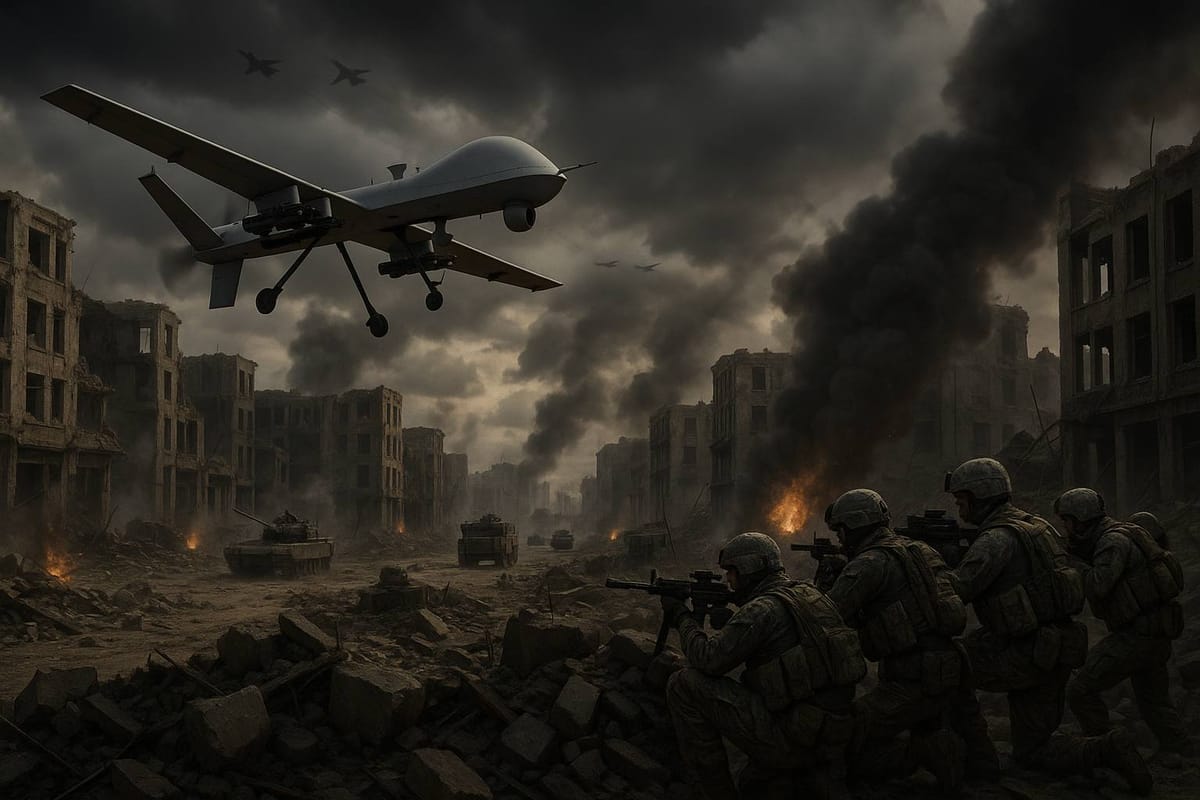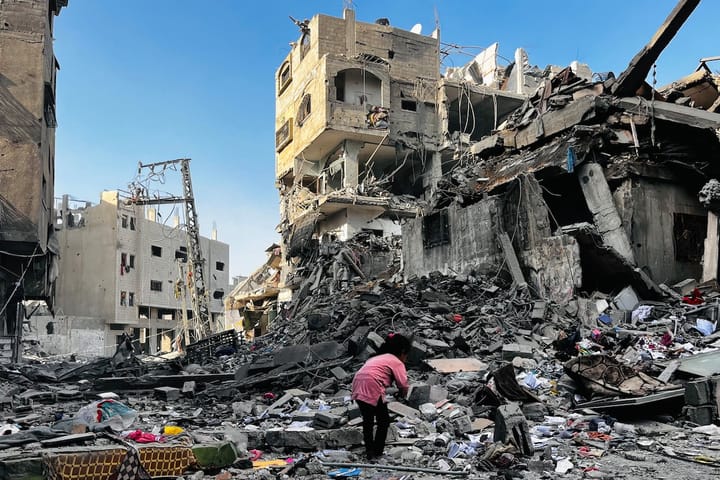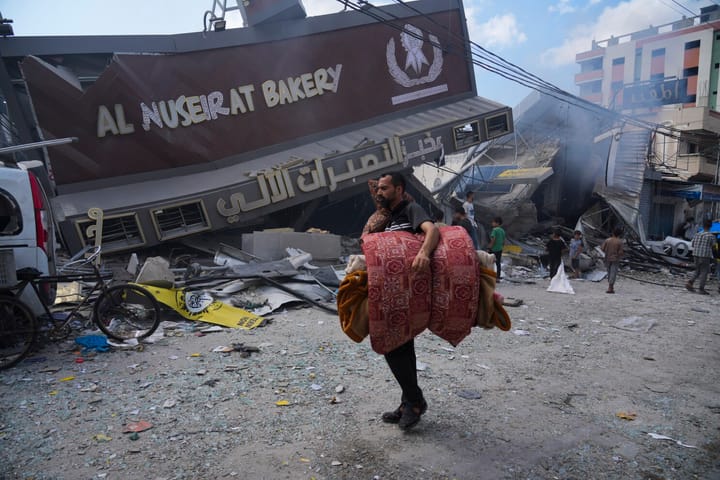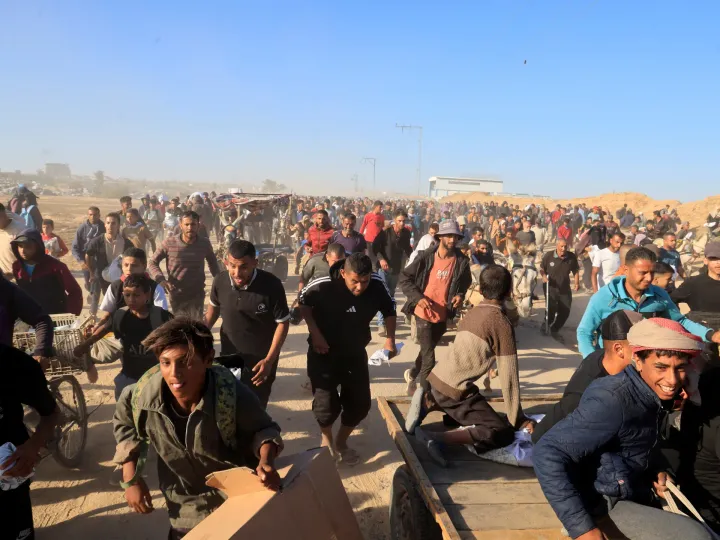Global Military Escalation: Nuclear States Normalize Conflict
India-Pakistan, Israel-Iran, and Ukraine-Russia conflicts signal a new era of military escalation and normalized operations among nuclear states.

A sharp rise in military tensions across several global hotspots is ushering in a new chapter in international security. Recent conflicts—ranging from the brief India-Pakistan war, the Israel-Iran retaliatory strikes, to Ukrainian drone attacks on Russian territory—demonstrate that high-intensity military operations are becoming increasingly commonplace, even among nuclear-armed nations. This trend reflects not just regional reactions, but also a fundamental shift in the global defense and geopolitical paradigm.
India-Pakistan: Four Days of Escalation in South Asia
South Asia again drew the world’s attention after four days of military clashes between India and Pakistan. The Kashmir region became the focal point for intense artillery fire, drone operations, and cross-border troop infiltrations. Incidents of shooting that claimed military lives on both sides triggered fierce rhetoric in both New Delhi and Islamabad. Geopolitical influence loomed large, with India supported by the United States and Pakistan growing closer to China. This scenario heightened the risk of inadvertent escalation, especially since both countries are nuclear-armed and have a history of large-scale conflict.
Israel-Iran: Twelve Days of Retaliatory Strikes
Tensions between Israel and Iran reached new heights after Israel struck Iranian diplomatic facilities in Syria. In response, Iran launched hundreds of drones and missiles at Israeli territory over twelve consecutive days. The episode drew international scrutiny as it involved advanced air defense systems and the participation of proxy groups like Hezbollah in Lebanon and pro-Iranian militias in Iraq and Syria. Although neither side officially declared open war, these exchanges highlight how thin the line has become between proxy war and direct confrontation in the Middle East.
Ukraine-Russia: Drone Attacks and Asymmetric Warfare
Over the past year, Ukraine has intensified its drone attacks on Russian territory, targeting vital infrastructure and military sites in border cities. This strategy is a direct response to Russia’s military invasion of Ukraine, ongoing since 2022. Widespread drone usage gives Ukraine a tactical advantage against a much larger military force. In retaliation, Russia has unleashed waves of airstrikes against Ukraine’s energy infrastructure. This conflict illustrates the transformation of modern warfare toward technology dominance, where asymmetric and cyber attacks play a central role.
Normalization of High-Intensity Military Operations
All these conflicts reflect a new pattern in which nuclear-armed states no longer treat limited military operations as taboo. Previously, the doctrine of Mutually Assured Destruction kept nuclear states from direct confrontation. Now, geopolitical pressures, advances in military technology, and the uncertain role of the United States as a global stabilizer have emboldened major powers to act more aggressively. International bodies like the United Nations face increasing challenges in mediating and containing these escalating conflicts.
Global Impact and International Response
The escalation of conflict in strategic regions has triggered a host of impacts, from humanitarian crises and surging refugees to economic instability caused by disruptions in energy and food supply chains. Global oil prices react sharply to rising tensions in the Middle East or South Asia. Countries near conflict zones are strengthening their defenses and expanding military alliances as a precaution. Meanwhile, international diplomacy is under greater pressure than ever to find lasting solutions that can prevent the outbreak of large-scale wars.
Trends and Threats Ahead
The normalization of high-intensity military operations is expected to continue. Smaller countries are being forced to strengthen their defense systems and expand military alliance networks. The arms race in advanced technology—such as drones, military AI, and cyber defense systems—is likely to intensify. At the same time, any miscalculation could trigger a much wider conflict, including the potential direct use of nuclear weapons.
The international community now faces a major challenge in managing conflict risks and maintaining global stability. Without proactive diplomacy and genuine international cooperation, the world risks entering a new cycle of violence that is more destructive and unpredictable. This new era of military escalation demands vigilance and global solidarity to prevent a broader humanitarian disaster.





Comments ()